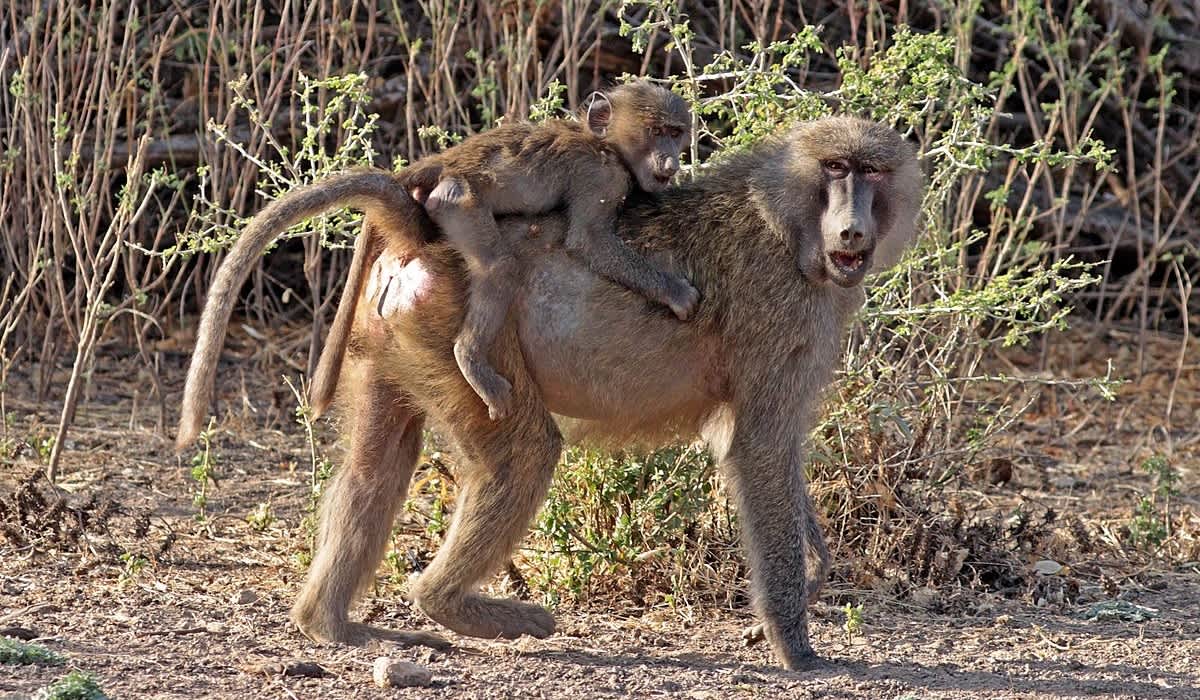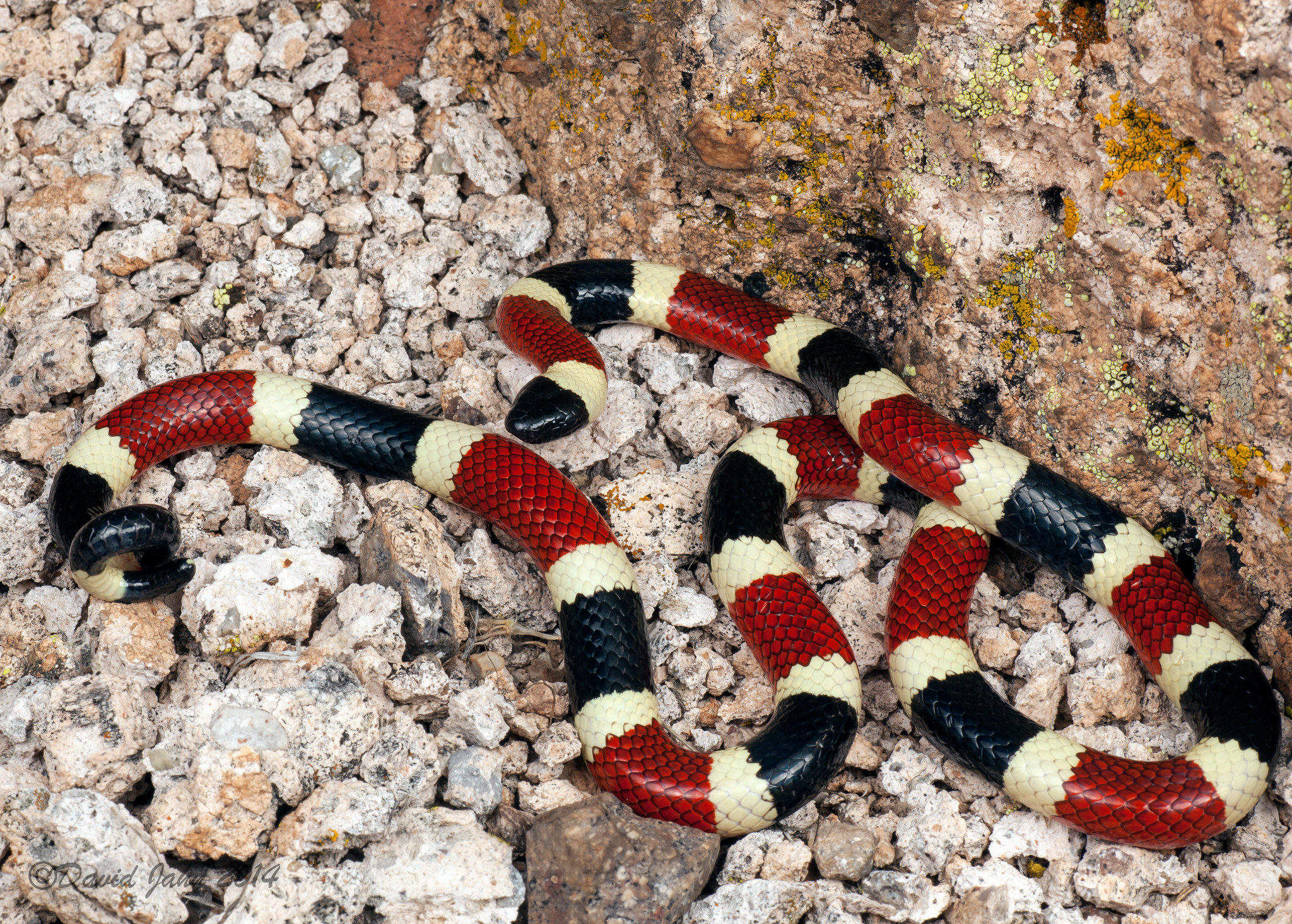Do You Know Which Animals Pass Gas?
OutdoorHub Reporters 04.24.18

Farting. Lets face facts, we all do it, but would you have guessed some of these animals pass gas?
Whether fueled by protein shakes or venison steaks, farts are the body’s natural way of getting rid of gas built up in our digestive tract.
So, does the same go for other wildlife, such as snakes? Termites? What about sloths? These are all questions that are explored by Nick Caruso and Dani Rabaiotti in the book Does It Fart: The Definitive Field Guide to Animal Flatulence.
How much do you know about animal toots? Keep scrolling to find out which of these animals passes gas:
Snakes:

Scientists say all snakes fart. Specifically, the Sonoran coral snake actually uses its penned up gas as a defense mechanism against predators.
Baboons:

This one might not come as much of a surprise. Since humans fart, it’s only logical that our primate cousins do as well.
Bolson Pupfish:

According to LiveScience, this particular fish feeds off algae found in shallow pools of northern Mexico. When the temperatures rise, the algae releases a gas that the fish also ingest. This can cause a severe build-up of gas inside the fish’s intestines, which may even cause them to float. This puts them at risk of becoming a bird’s lunch, so in order to get back to the sea floor where they typically hangout, they need to release the gas one way or another. . .
Sloths:

Just like everything else they do, a sloth’s digestive system is in no big hurry. Because of this, sloths actually don’t fart. In fact, it can take them days to process their food, which consists entirely of leaves. “Their simple gut microbes mean they don’t produce flatulence; Instead, the methane those microbes give off is absorbed into the bloodstream and then breathed out,” LiveScience reports.
Termites:

Yes, these tiny little creatures let it rip with the best of them. As you probably guessed, however, they only produce a small amount of methane each day – approximately half a microgram (that’s half one-millionth of a gram!)

